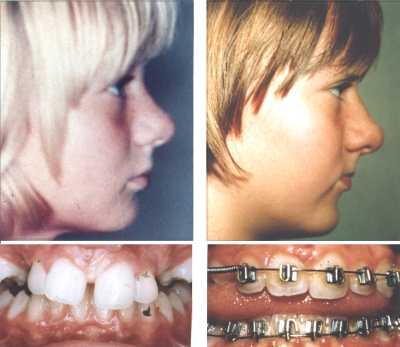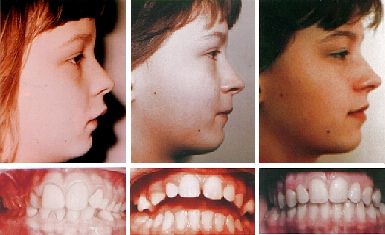The treatment of irregular teeth has evolved over the last century, largely by trial and error. Many types of treatment have been tried during this period, most of which have been superseded. Most treatment has been based on two underlying alternatives.
Over the last 100 years treatment has alternated between these two concepts and there have been decades when no orthodontists extracted teeth and decades when they all extracted teeth. At the moment most countries are leaving a period of extraction but some are moving towards it. This might suggest a degree of discontent with both methods.
Both methods work well in the short term but unfortunately tend to fail in the long term with re-crowding of the teeth. In Europe teeth are extracted in around 75% of cases while at the moment in the USA it may be closer to 60%. Most orthodontists will say they extract teeth only when absolutely necessary, but clearly there is considerable disagreement about when this might be so. Whatever the treatment very few patients treated by these methods finish with all their teeth and a large proportion loose eight teeth as there is not room for the wisdoms.
Some orthodontists avoid extractions by pulling the side teeth back with a strap aground the back of the head or neck, so making room to straighten the front teeth. However this tends to reduce the room for the wisdom teeth. It also encourages downward growth of the face and there is no doubt that this can damage the face, sometimes severely.

Child aged 10 and 12; extractions and fixed braces
However it can not be assumed that extractions will damage the face. Catherine Zeta-Jones (Michael Douglas’ wife) has lost two pre molars

Why was there no damage in her case? Perhaps it has something to do with her lip-seal and tongue to palate posture.
Orthotropics® aims to find room for all 32 teeth and at the same time optimise the growth of the face.

Before during and after orthotropic treatment, aged 9, 11, and 14. Note how the teeth are pushed forward, although conventional treatment usually pulls them back which may flatten the face. Note the improvement in the eyes and face.